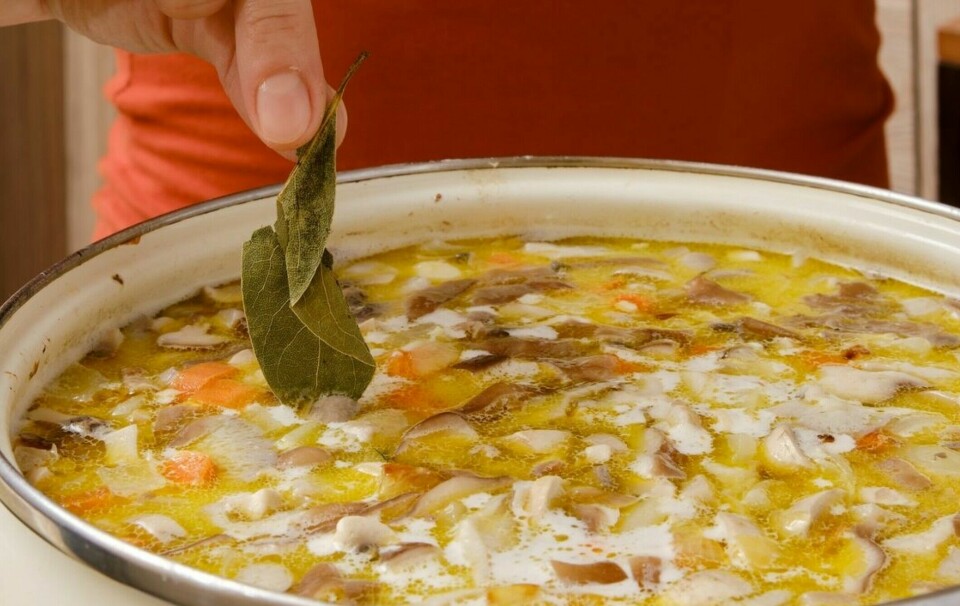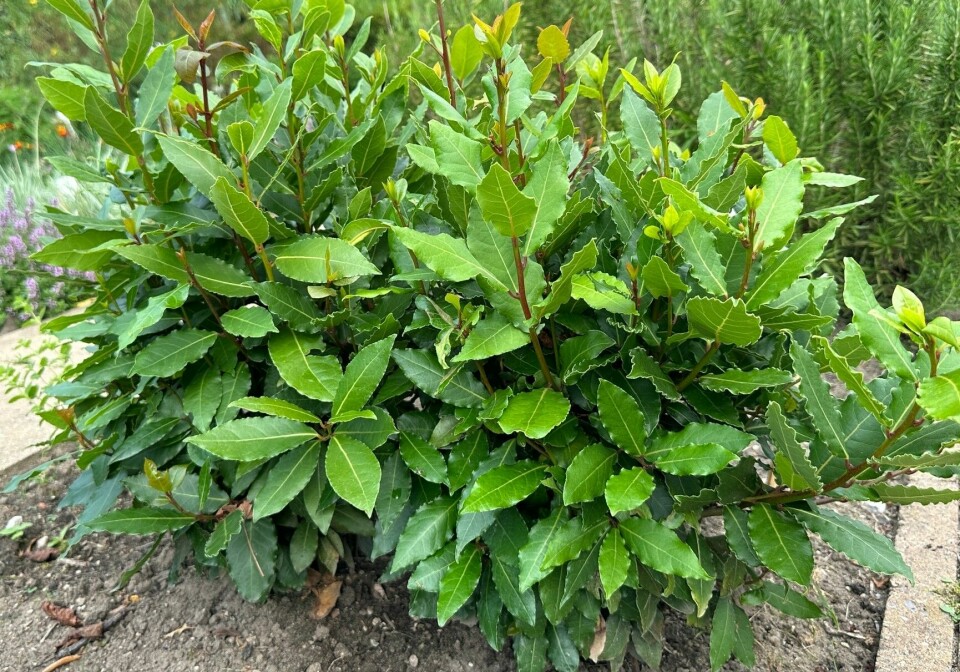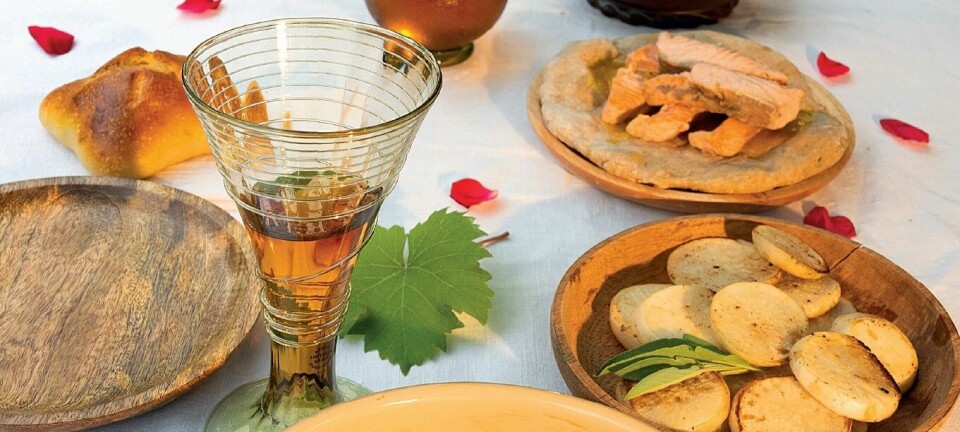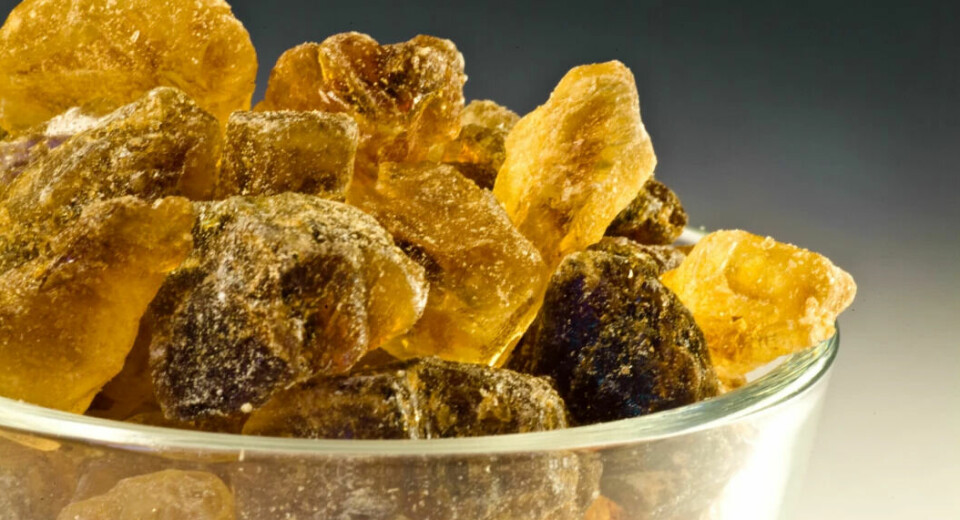
Is there any point in adding bay leaves to your food?
ASK A RESEARCHER: Yes, some believe. Others are unconvinced.
The discussion arose around the lunch table at sciencenorway.no: Is there really any point in using bay leaves in food?
Yes, one person argued: The bay leaf contributes a delightful aroma to the food. The rest of us were not as convinced, yet we too add the dry leaf to the pot when it's mentioned in the recipe.
But what benefit do we truly gain from it?
“The bay leaf has a distinctive flavour – greenish and bitter,” says food adviser Cecilie Maske from Matprat.
Surprisingly little research exists on the bay leaf's contribution to dishes, despite chefs and amateurs all over the world faithfully adding the leaf to their dishes.
But Professor Charles Spence at Oxford University has summarised the scant bay leaf research in an article in the International Journal of Gastronomy and Food Science.
Pine or lemon?
Some argue that the bay leaf tastes of pine, wood, lavender, and eucalyptus. Others describe its flavour as fruity, citrus-like, peppery, or similar to cloves, Spence writes.
People are therefore not sure about exactly what flavour the bay leaf adds to the food.
The debate about the importance of bay leaves has taken place in American kitchens and media. They use a different species from the traditional bay leaf used in Norway. The effect on food is presumed to be similar – if there is any effect at all.

While some are convinced that the bay leaf adds depth, aroma, and flavour to the food, others believe that the leaf has zero value.
The smell is the most important
But regardless, it is the smell, not the taste, that is important.
“The bay leaf primarily adds aroma to the food. If you pinch your nose, you'll be unable to discern whether a leaf is present in the food or not," Cecilie Maske says.
She uses bay leaves in stews and soups.
“I also add a bay leaf to the water when simmering fish. I also include it in my broth and herring dishes as well,” she tells sciencenorway.no.

The varying opinions on the impact of bay leaves could stem from several factors, according to Charles Spence.
For one thing: Are you using fresh or dried bay leaves?
Fresh or dried?
“There’s a big difference between fresh and dried leaves. Both the aroma and taste differ. You have to be careful not to use too much of the fresh ones, as they can dominate the dish,” says Maske.
Most of us have probably never had a fresh bay leaf in our kitchen but use the dried ones in spice packets from the store.
The problem with the dried ones is that they can become old.
“The flavour and scent weaken after being stored for a long time. Eventually, they just taste like hay. Then, they only add a bitter taste to the food,” she says.
Maske herself found a packet of bay leaves from 1978. They tasted like nothing.
So, our own storage methods might be why we can’t detect the scent of eucalyptus, citrus, pepper, pine, or clove.
The problem might also lie in the quality of the leaves.
Good or bad?
Bay leaves contain around two per cent essential oils. This concentrated flavour is released when they come into contact with hot food.
However, often the quality of the leaves is poor, according to Charles Spence. It depends on where the tree grew, when the leaves were harvested, and how long they have been stored before you buy them.
And even if we use the bay leaves quickly after purchasing, they may have been stored for too long at the warehouse.
Two years is the maximum storage time, according to Charles Spence's sources.
Most viewed
Cecilie Maske offers a simple method to test a bay leaf’s potency.
“If you pour boiling water over it and wait a bit, then you can smell if the leaf still has aroma,” she says.
Our perception of smells vary
But how long should you wait? And how long should the bay leaf simmer in the soup to impart aroma and potential flavour?
Some chefs believe five minutes is sufficient. By then, the leaf has released all its flavour and aroma. Others recommend at least an hour, according to Spence.
He also points to another explanation for why opinions on the aroma of bay leaves are so divided.
Humans don't all smell things the same way.
Over 400 genes control the cells in our noses that detect smells. Variations in these genes mean we experience scents differently.
Age, gender, health, and injuries also play a role, affecting some people’s sense of smell more than others.
Eucalyptus is one of the scents tested in olfactory studies, according to Spence. If the bay leaf truly has a kind of eucalypt aroma, it could explain why some people enjoy the bay leaf while others don't see the point.
An ancient tradition
Whether we smell the leaf or not, we can choose to trust in traditions.
“The bay leaf has been used since time immemorial, especially in foods from the Middle East and around the Mediterranean,” says Cecilie Maske.
Archaeological excavations show that the leaves were used in food and as medicine in ancient Greece and ancient Egypt.
Even though the belief in the medicinal effects of the leaves has waned in the face of science, we continue to add the leaf to our dishes.
A 3,000-year tradition carries its own weight, even if we are unsure about the leaf’s actual effect.
———
Translated by Alette Bjordal Gjellesvik
Read the Norwegian version of this article on forskning.no
Reference:
Spence, C. Why cook with bay leaves?, International Journal of Gastronomy and Food Science, vol. 33, 2023. DOI: 10.1016/j.ijgfs.2023.100766







































